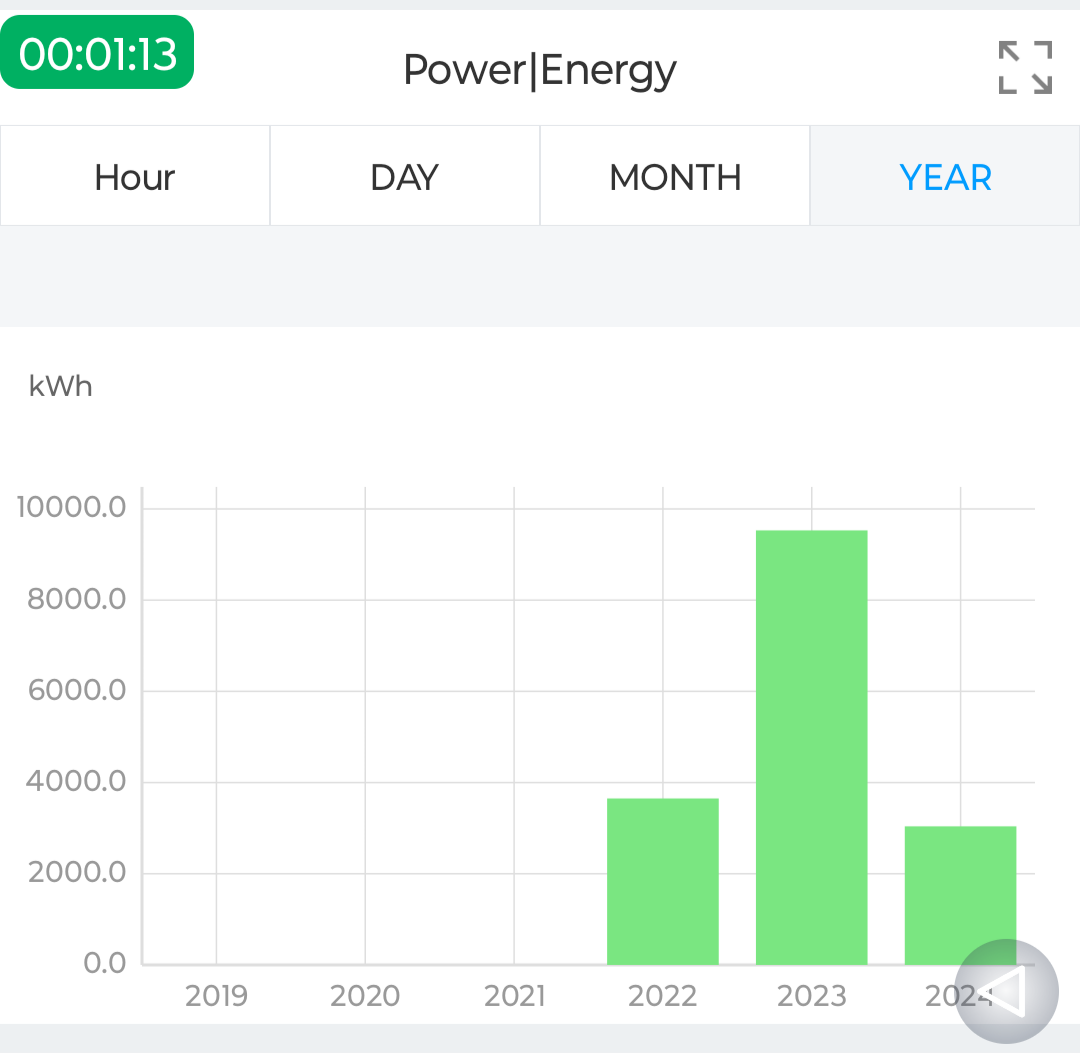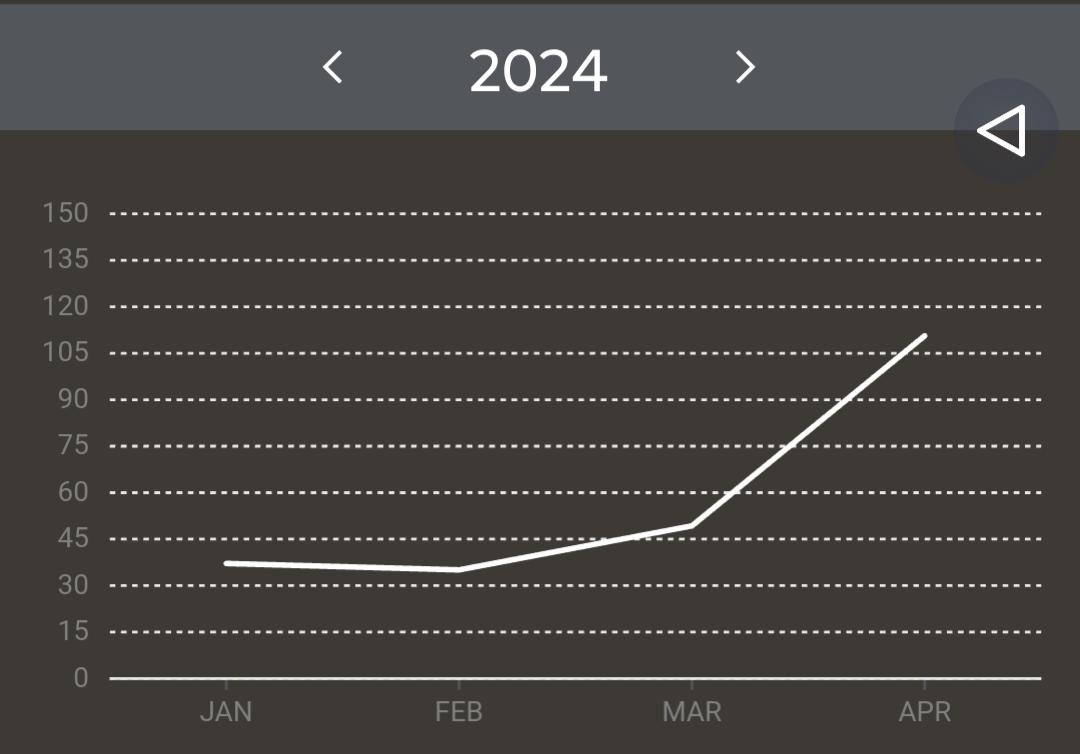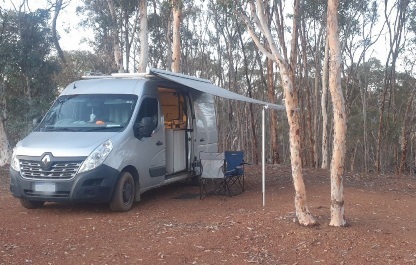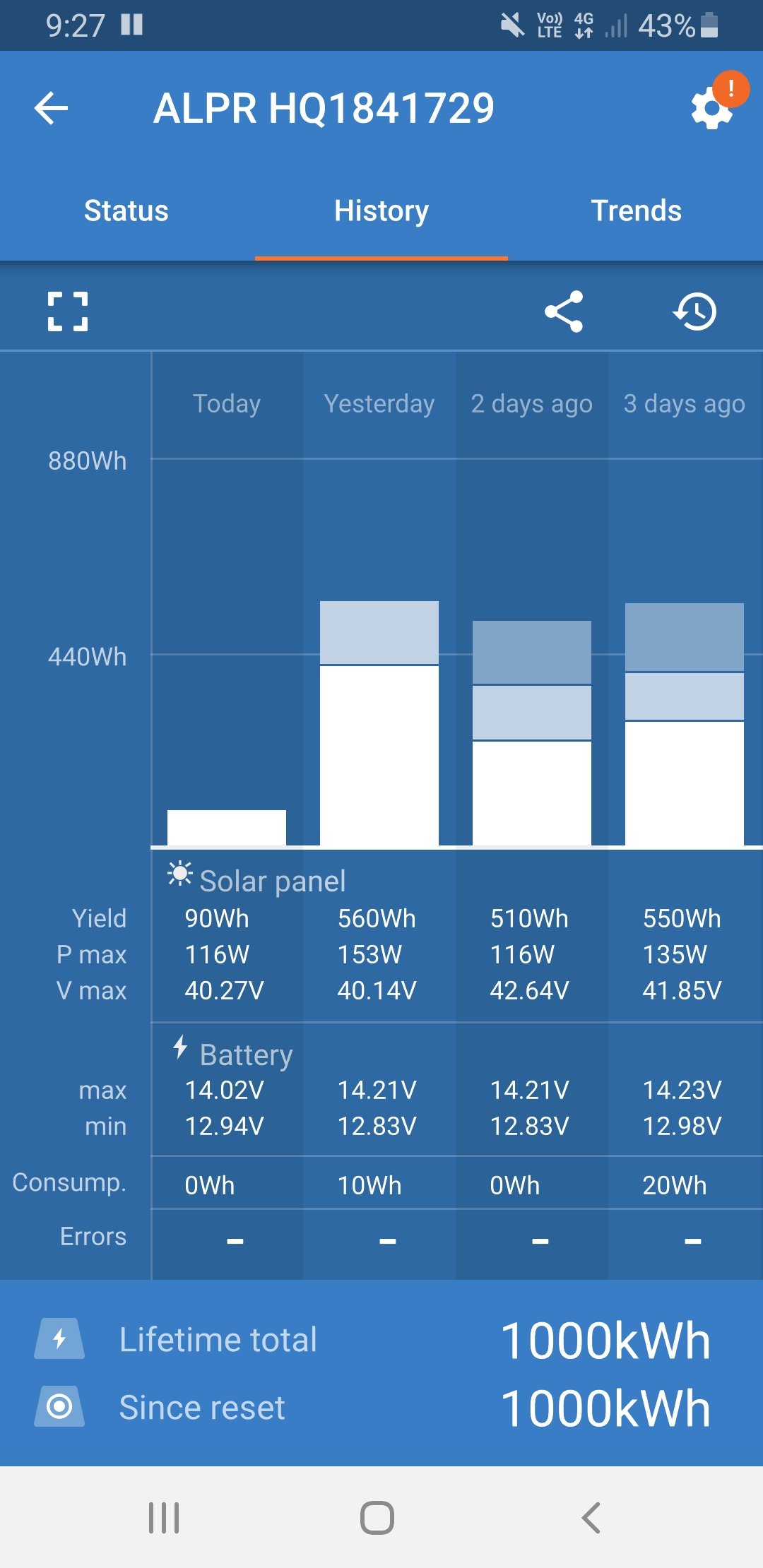please report back in the future when it’s 1.21 jigawatts
Mildly Interesting
This is for strictly mildly interesting material. If it's too interesting, it doesn't belong. If it's not interesting, it doesn't belong.
This is obviously an objective criteria, so the mods are always right. Or maybe mildly right? Ahh.. what do we know?
Just post some stuff and don't spam.
Gettin jiggawatt it, nana na na nana na
Whoa. This is heavy.
How long did that take?
Its a 400w array permanently mounted to the roof. Its been continually topping up my lithium batteries since 2018.
It probably would have hit 1MWh sooner, but the batteries are almost always full so there's nowhere to store the excess charge.
It's insane that your bottleneck is storage. Wow.
Aussie sun be doing its thing 😎
I've done a similar build out in my Northern Lite camper. 800w on the roof and 400ah of lithium. I want to convert the fridge to an electric compressor fridge and the stove over to induction next. I hate it when the batteries fill back up by 10am and I waste solar meanwhile I am still buying propane for the appliances.
the stove over to induction next. I hate it when the batteries fill back up by 10am and I waste solar meanwhile I am still buying propane for the appliances.
It's possible. For the 11 months I've been cooking from excess solar power (December is a little short). I still carry propane for heating and a few things that seem to work better over flame.
Based on the image, I'm going to guess about 500 days.
That’s about 6 kilowatt*weeks or equivalent to 31 gallons of gas.
Quite a bit then?
The gas analogy isn't very good because cars are very inefficient at turning gas into power. So it's substantially more than 31 gallons worth in a car.
Yeah even a very efficient generator would probably use at least 90 gallons of gas to get 6 kW*weeks.
Yeah humans burn about 100W so it’s like 60 weeks of human metabolism, more than a year of food energy!
If the van had a generator, like days of old, the sun has replaced like 3 full tanks of gas.

My roof top system has done a bit.

I've been able to store a bit to use at night into several old AGM batteries.
Just moved from Starlink to 5G so that's another kW per day I'm saving.
This is so cool. I’ve got no place to put solar panels, but I invest in a solar cost sharing program with my local power company.
My city (San Francisco) has a program where you can elect to get 100% of your power from renewables which are primarily hydro, solar, and wind and it comes out cheaper every month than buying power from PG&E. It's pretty great.
So, those sort of programs are confusing and often pretty misleading. First off, you can't choose which electrons go to your house of course; all you can do is draw power from the grid. That's fine, it doesn't really matter at the end of the day, but more importantly most of those programs work by purchasing "renewable energy credits", or RECs, from wind and solar farms across the country. So what does that REC mean? Well nothing really, it just means you "claim" credit for that kWh of renewable energy. If you want you could buy them directly from some random wind farm in Kansas in theory. Or buy for twice as many kWh as you actually use- now you're 200% renewable and you're sucking carbon out of the air! Oh wait.
At the end of the day, RECs are a good idea because they provide an additional revenue source for renewable energy producers, but it isn't all that much. Last I checked they sell at like 3% of what the energy actually sells for on the grid. So for example if a wind company sells electricity for 20 cents a kWh to the grid operator, they could separately sell the RECs for that power on the open market for something like 0.6 cents per kWh, if the grid operator doesn't want the RECs for themselves as part of the power purchase agreement.
I myself subscribe to Arcadia, which is one of those companies that promises to make your power 100% green via purchase of RECs. I consider that to be false advertising. But, I still do it because it does help drive the market for RECs which is good because the ability to sell RECs makes producing green energy a bit more viable, which in turn hopefully spurs growth in the industry.
So in conclusion, it's a good thing to do, but not as good as you might think based on how it's presented. Sorry for the wall of text.
AFAIK, and I could be wrong, the one for SF is not just purchasing credits, but electricity from local power suppliers. I believe the way it works here is a certain percentage of electricity is supplied by the renewable energy partners and PG&E is responsible for the remaining percentage. This percentage is based on the number of people who have elected to go the green power route. Obviously they can't do this on the fly due to how power generation and grids work, but on a month long scale they have more than enough time to modulate generation sources to get close enough.
So let's say 60% of people are signed up for the program. They'll get roughly 60% of the city's power from the renewable sources they have, and allow PG&E to generate the rest. Sure the transmission of power to my place isn't going to be 100% renewable, but that doesn't matter as someone who is on the non-renewable plan somewhere will receive the renewable generated power anyway, so the net effect is the same, and I still get cheaper electricity generation charges.
Thats a little bit less than my solar house install has produced in the last year, and it was only up for half of it.
Just imagine how much fossil fuels we could save if everyone had solar on their roofs and if wind power would be more widespread as well.
It's still just too unaffordable for many people. It would cost us over $10,000 to get panels installed and that doesn't include the multiple trees that would have to come down because they are really old oak trees with huge branches that stretch over the house and sometimes fall on the roof.
There should be much bigger subsidies. That wouldn't help us, but it would help a lot of others.
Yes! Every bit helps.
The more people thay buy in, the more optimized the production and distribution becomes.
Thanks for helping in the way that you can.
Only if or when storage becomes cheap and widespread, otherwise even if you produced 100x the energy when the Sun shines you'd still need some other source of energy for the rest of the time. There are some glimmers of hope but they perpetually seem 4-5 years out.
I have 10kwh of storage, which helps a lot, and it wasnt that expensive, especially compared to a few years ago.
Now that sodium ion batteries are actually starting to become available we will see them taking over stationary storage, but for now LiFePo4 works pretty good.
What's the van look like?
Four wheels, a steering wheel, few windows and a some solar panels up top.
The alt text the fediverse needs.
This is it at tonight's campsite, in Dryanara woodland national park, Western Australia.

Lemmy needs a vanlife community.
Time descending on the x axis. :(
That's really cool. My shed is at 18kWh after a few months. I don't use much so most days it just keeps the battery on float.
Actually, 1 megawatt hour is 1024 kilowatt hours.
1/1210th of what is needed to travel in time
Don't have batteries and cannot resell yet (paperwork submitted and waiting) so production is restrained to autoconsume....
But 640kw in 73 dsys here... (6kw rooftop, but mixed rainy weather)

Damn, that's like a 6% power factor. How does it compare to your power consumption during the same period?
Red is my power consumption and blue production. My solar is currently capped at my production because I cannot resell and I have no batteries.
Nice. I managed to make my house almost power neutral. It would be power positive but i have a EV.

That's great, really exciting to be able to gain power self-sufficiency, especially with transport as well.
how much do you invested in your solar system? I'm trying to convince my wife to install a solar roof (no battery), but I'm doing the math and it would take 8-10 years to barely break even (if nothing critical breaks down during that time).
$16K in parts, PE drawings and tree removal. With 30% of that back in tax rebate. I did the install myself with help from my wife. 11.64KW DC worth of panels. Anything more than 11.7KW and I would have gone from class 1 to class 2. I didn't want to deal with all that required.
My degree is in computer engineering and I used to work in power generation so I was very comfortable with the electric design and working with high voltage and current. You might not be so comfortable. A similar system without battery was quoted to me at $24K by an installer.
Battery was about $2K. Tree was $1K. After rebate cost was $11.2K. It's reduced my power bill by about $210 a month. So about 4.4 years to break even.
It was a lot of work on my end but I know I didn't cut corners and was very careful to make a system that should last.
